Emerald catfish - Brochis splendens
Scientific name: Brochis splendens
Common name: Emerald catfish
Family: Callichthyidae
Usual size in fish tanks: 5 - 6 cm (1.97 - 2.36 inch)
014
Recommended pH range: 6.8 - 7.3
Recommended water hardness: 4 - 18°N (71.43 - 321.43ppm)
0°C 32°F30°C 86°F
Recommended temperature range: 22 - 27 °C (71.6 - 80.6°F)
The way how these fish reproduce: Spawning
Where the species comes from: South America
Temperament to its own species: peaceful
Temperament toward other fish species: peaceful
Usual place in the tank: Bottom levels
Food and Feeding
Emerald Catfish are bottom-dwelling scavengers that will consume a variety of foods. However, ensure they get enough to eat by feeding them sinking pellets and meaty foods. Their diet should include:
- Sinking pellets specifically formulated for catfish.
- Live and frozen foods like bloodworms, daphnia, and tubifex.
- Blanched vegetables such as zucchini or spinach.
- Occasional algae wafers for added nutrition.
Origin
Emerald Catfish are native to South America, particularly in the slow-moving waters of Brazil, Peru, and Ecuador. They prefer soft, sandy riverbeds and thrive in densely vegetated areas.
Sexing
Males tend to be smaller and more slender compared to females. Females are larger with a rounder belly, particularly when carrying eggs.
Breeding
Breeding Emerald Catfish can be challenging, but it is possible under optimal conditions:
- Tank setup: Use a separate breeding tank with soft, slightly acidic water (pH 6.5-7.0).
- Water conditions: Lowering the water level and adding a moderate current helps simulate natural spawning conditions.
- Spawning process: Females lay up to 300 eggs on tank glass, plants, or substrate.
- Egg care: Eggs hatch in 4-5 days. Remove adults after spawning.
- Fry diet: Feed fry infusoria or powdered fry food until they are large enough for newly hatched brine shrimp.
Lifespan
With proper care, Emerald Catfish can live for up to 5 years, with some individuals exceeding this in well-maintained aquariums.
Tank Setup and Water Parameters
- Minimum Tank Size: 75 liters (~20 gallons) for a small group.
- Substrate: Soft sand or fine gravel to protect their delicate barbels.
- Water pH: 6.8 - 7.3.
- Hardness: 4 - 18°N (71.43 - 321.43 ppm).
- Temperature: 22 - 27°C (71.6 - 80.6°F).
- Filtration: Gentle filtration with moderate water flow.
- Lighting: Dim to moderate lighting with floating plants.
Compatible Tank Mates
Emerald Catfish are peaceful bottom dwellers, making them ideal for community tanks.
Best Tank Mates:
- Small to medium-sized tetras (Neon Tetras, Rummy Nose Tetras).
- Peaceful dwarf cichlids (Apistogramma, Laetacara curviceps).
- Other Corydoras and Brochis species.
- Livebearers (Guppies, Platies, Swordtails).
- Dwarf Gouramis and other non-aggressive species.
Tank Mates to Avoid:
- Aggressive cichlids (Oscars, Jack Dempseys).
- Fin-nipping species (Tiger Barbs).
- Large bottom-dwelling fish that may outcompete them for food.
Suitable Plants
Live plants improve water quality and provide natural hiding spots. Good choices include:
- Amazon Sword (Echinodorus spp.) – Large-leaved plant for shelter.
- Java Fern (Microsorum pteropus) – Hardy and low-maintenance.
- Anubias (Anubias barteri) – Provides shade and cover.
- Floating Plants (Salvinia, Frogbit, Water Lettuce) – Mimics their natural habitat.
Short Description
The Emerald Catfish (Brochis splendens) is a striking bottom-dweller with a shimmering green appearance. Unlike Corydoras, they grow slightly larger and require more space. Keeping them in groups of at least six enhances their social behavior and reduces stress.
These catfish are an excellent choice for peaceful community tanks, particularly those with soft substrates and dense plant cover. They are hardy fish, but regular water changes and proper tank conditions are necessary to maintain their health and longevity.
If you're looking for a beautiful, active, and peaceful catfish, the Emerald Catfish is a great addition to your aquarium!
Pictures
Bought by aqua-fish.net from jjphoto.dk.
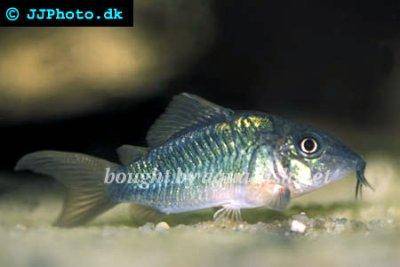









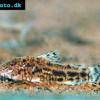 Aspidoras
Aspidoras 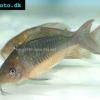 Giant
Giant 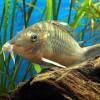 Hognosed
Hognosed 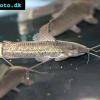 Cascarudo
Cascarudo 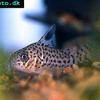 Acre
Acre 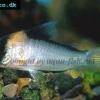 Adolfo’s
Adolfo’s 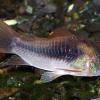 Bronze
Bronze 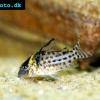 Agassizii’s
Agassizii’s 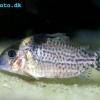 Spotted
Spotted 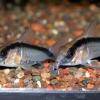 Skunk
Skunk 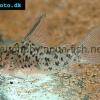 Corydoras
Corydoras 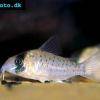 Fairy
Fairy 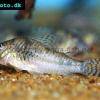 Corydoras
Corydoras 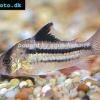 Pink
Pink 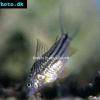 San
San 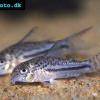 Bond’s
Bond’s 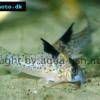 Spotted
Spotted 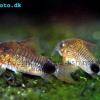 Tailspot
Tailspot 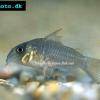 Concolor
Concolor 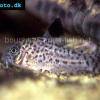 Cope’s
Cope’s 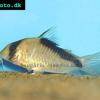 Sand’s
Sand’s 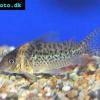 False
False 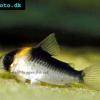 False
False 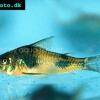 Ehrhardt’s
Ehrhardt’s 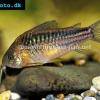 Elegant
Elegant 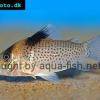 Saddle
Saddle 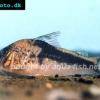 Fowler’s
Fowler’s 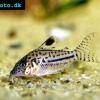 Gomezi
Gomezi 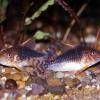 Palespotted
Palespotted 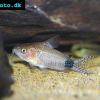 Guapore
Guapore 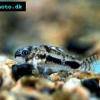 Dainty
Dainty 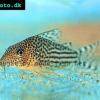 Mosaic
Mosaic 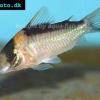 Imitator
Imitator 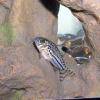 Julii
Julii 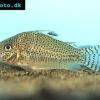 Leopard
Leopard 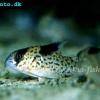 Black
Black 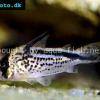 Slant-bar
Slant-bar  Bluespotted
Bluespotted 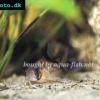 False
False 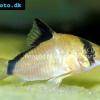 Bandit
Bandit 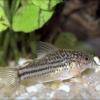 Mini
Mini 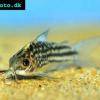 Napo
Napo 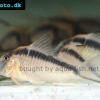 Corydoras
Corydoras 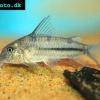 Blue
Blue 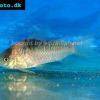 Nijssen’s
Nijssen’s 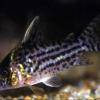 Ornate
Ornate 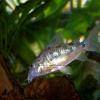 Peppered
Peppered 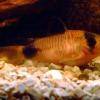 Panda
Panda 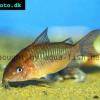 Albertini
Albertini 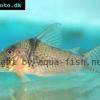 Pastaza
Pastaza 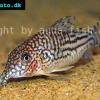 Corydoras
Corydoras 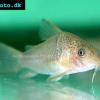 Many-spotted
Many-spotted 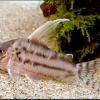 Pretty
Pretty 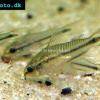 Dwarf
Dwarf  Iridescent
Iridescent 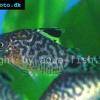 Reticulated
Reticulated 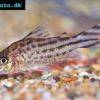 Bannertail
Bannertail 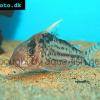 Robust
Robust 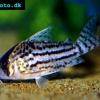 Schwartz’s
Schwartz’s 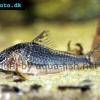 Black
Black 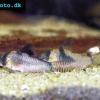 Longnosed
Longnosed 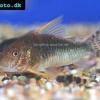 Seuss’
Seuss’ 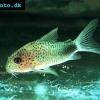 Smudge
Smudge 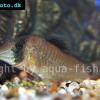 Masquerade
Masquerade 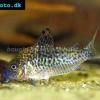 False
False 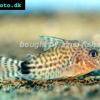 Millenium
Millenium 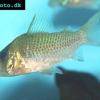 Pinkthroat
Pinkthroat 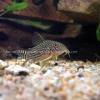 Sterba’s
Sterba’s 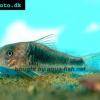 Longsnout
Longsnout 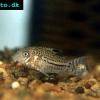 False
False 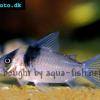 Miguelito
Miguelito 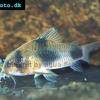 Twosaddle
Twosaddle 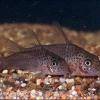 Xingu
Xingu 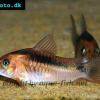 Black
Black 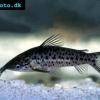 Porthole
Porthole 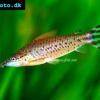 Flagtail
Flagtail 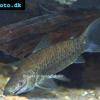 Brown
Brown  Spotted
Spotted